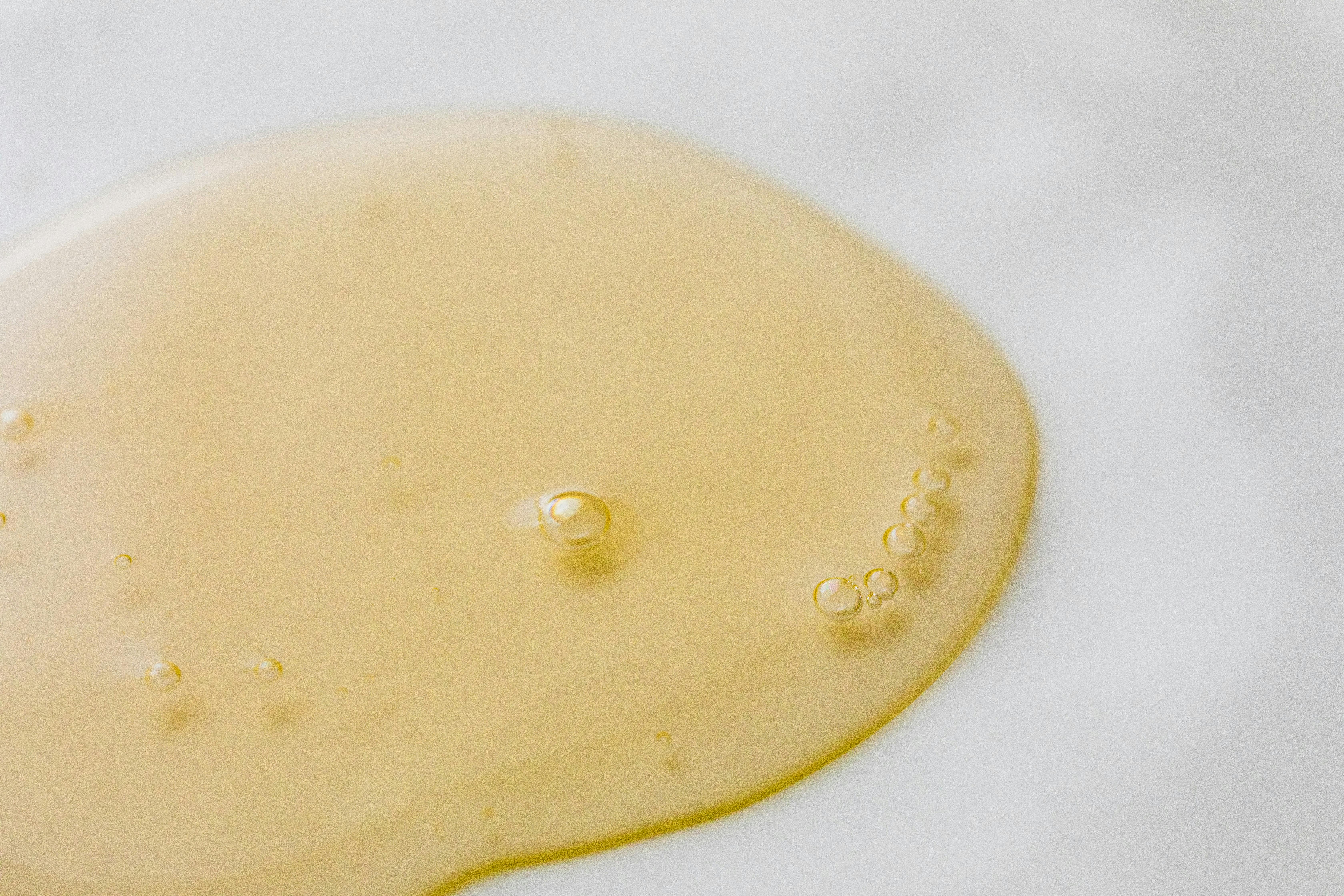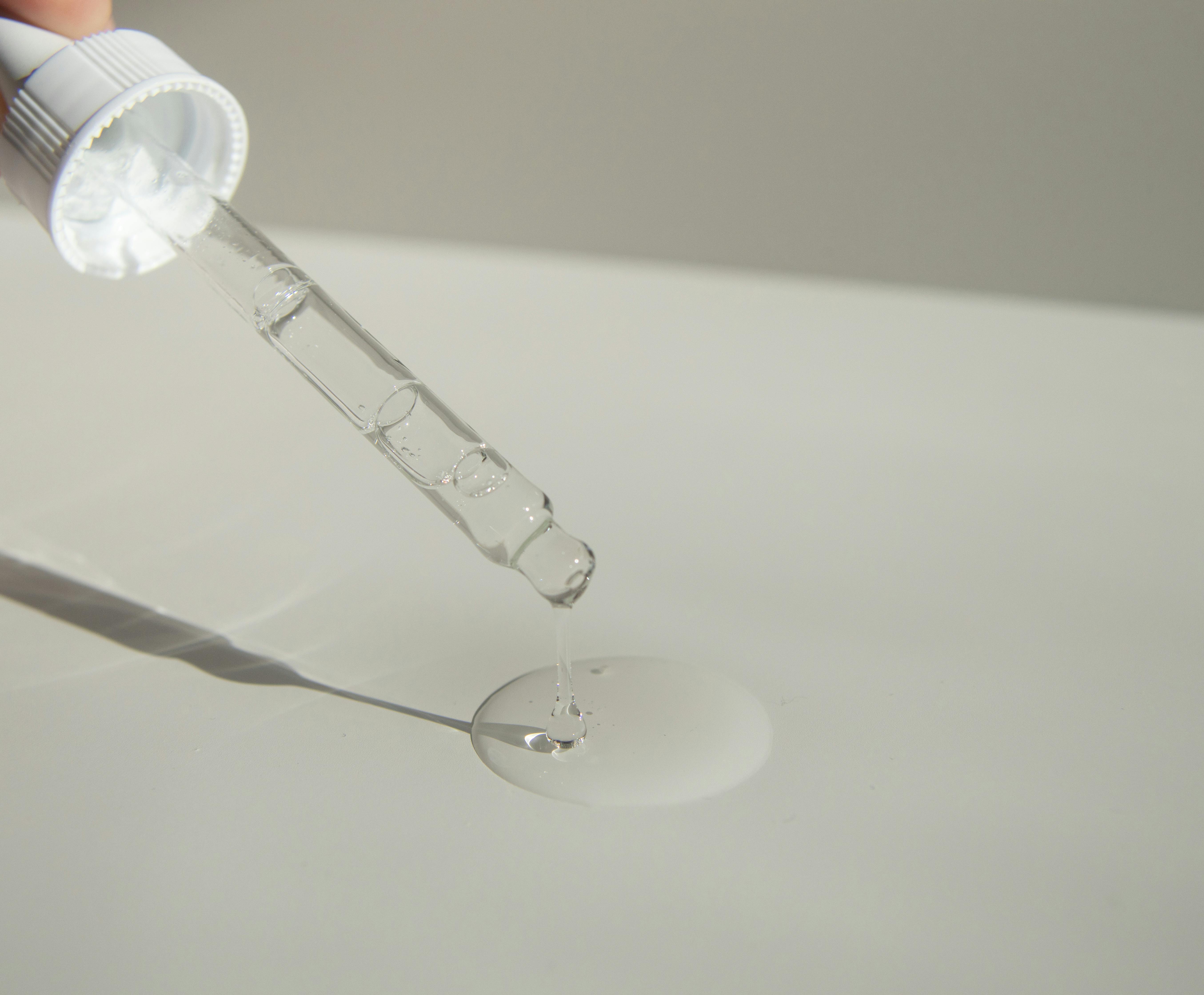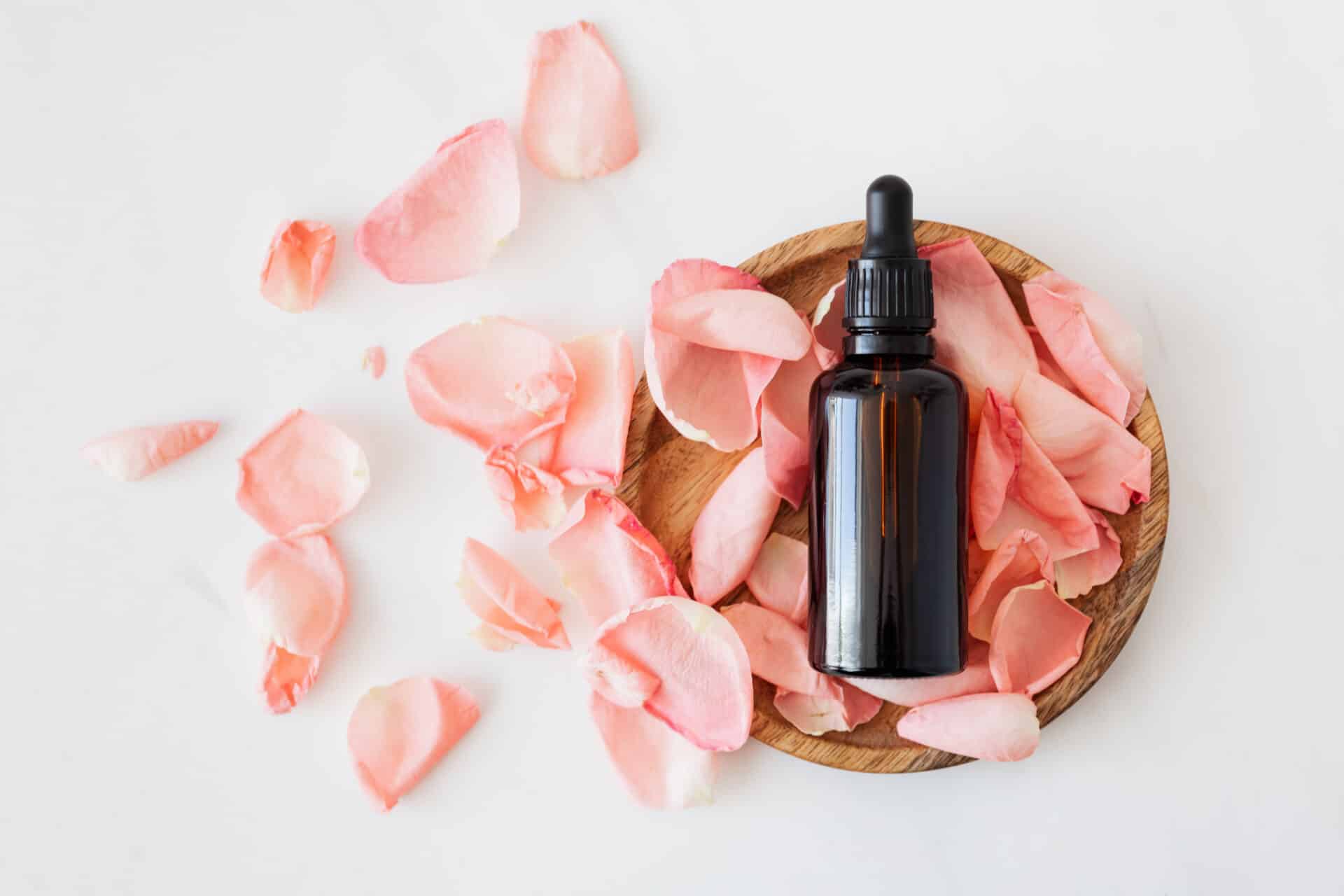Distilling essential oils is a process that has been used for centuries to extract and concentrate the fragrant compounds found in plants. This process relies on steam distillation, which captures the essential oil vapors and allows them to be collected. Distilling essential oils can be a time-consuming process, however, the resulting oils are of much higher quality than those produced through other methods. In this guide, we will explain the steps involved in distilling essential oils so that you can produce your own high-quality oils at home.Essential oils are highly concentrated liquids extracted from plants. They have a strong aroma and are used in a wide range of beauty products, as well as for aromatherapy and traditional medicinal practices. Essential oils are believed to have therapeutic effects on the body, mind and spirit, helping to reduce stress, boost energy levels, improve mood and even improve physical health.
What Is the Distillation Process?
The distillation process is a method of separating different components in a liquid mixture. It involves heating the mixture to a certain temperature and allowing the different components to vaporize at different temperatures. The vaporized components then travel through a condenser where they are cooled and turned back into liquid form. The resulting liquids are then collected in different containers depending on their boiling point. This process can be used to purify water, separate ethanol from gasoline, or extract essential oils from plants.
This method of separation is based on the fact that different components of a mixture will have different boiling points when heated. For example, water boils at 212°F (100°C), while ethanol boils at 173°F (78°C). By heating the mixture and collecting each component as it vaporizes, one can separate the components without having to worry about them mixing again after cooling. The distillation process can also be used for fractional distillation, where each component is collected separately in its own container based on its boiling point.
The distillation process can also be used in reverse, known as vacuum distillation. In this method, the pressure inside the container is lowered by using a vacuum pump. This causes the boiling point of each component to decrease significantly and allows them to be separated much more easily than with traditional distillation methods. Vacuum distillation is often used to purify chemicals or extract volatile compounds from plants.
No matter which type of distillation is being used, it is important that all safety protocols are followed carefully in order to prevent any accidents or exposure to hazardous materials. As long as these protocols are followed correctly and all necessary precautions are taken, distillation can be an effective way to separate liquids and purify materials quickly and safely.
Gathering Materials
Before you can distill essential oils, it is important to have the right materials. You will need a still, which can be purchased online or at a local store. You will also need a heat source, such as an electric stove or hot plate, as well as a thermometer. Additionally, you will need some type of container to collect the distilled oil, and some type of filter to remove impurities from the oil.
Preparing the Materials
Once you have gathered all the necessary materials for distilling essential oils, you will need to prepare them for use. Start by setting up your still according to manufacturer’s instructions. Once it is set up properly, fill it with water and heat it until it reaches the desired temperature for distilling essential oils. Next, place your container for collecting oil beneath the still and place your filter into the container.
Distilling Essential Oils
When everything is ready and in place, you can begin distilling essential oils. Place your herbs or plants into the still and seal it tightly shut. Turn on your heat source and bring the temperature of the still up to its required level for distillation. Monitor this temperature throughout the entire process with your thermometer to ensure that everything stays within safe limits. As steam rises through the still, it will carry with it tiny droplets of essential oil which will be collected in your container below.
Filtering Essential Oils
Once all of the essential oils have been collected in your container, you will need to filter them before they can be used. Carefully pour them through your filter into another clean container in order to remove any impurities or particles that may have been left behind during distillation process. Finally, let them sit for a few days so that any remaining sediments can settle at the bottom before transferring them into smaller bottles for storage or use in recipes or remedies.
Gather the Materials Needed to Distill Essential Oils
Distilling essential oils is an ancient practice that has been used for centuries to extract essential oils from plants. The process involves separating the essential oils from the plant material using steam distillation. To distill essential oils, you will need a few specialized pieces of equipment such as a still, distillation flask, condenser, collection flask, and collection bottle. You will also need some everyday materials such as distilled water, food grade alcohol, and jar with lid. Once you have gathered all of your materials, you are ready to start distilling essential oils.
The still is the most important piece of equipment for distilling essential oils. It is usually made of stainless steel and has an inlet for steam and an outlet for condensation. The steam passes through the plant material in the still and extracts the volatile oils from the plant material. The condensing flask is connected to the outlet of the still and collects the condensed steam which contains the volatile oil molecules.
The condenser is a coil of tubing that cools down the condensed steam from the condensing flask and allows it to separate into two layers: water and oil. The collection flask collects this mixture of oil and water while it cools down further until it reaches room temperature. Finally, you can use a collection bottle to collect your distilled essential oil once it has cooled completely.
Once you have gathered all of your materials needed to distill essential oils, you are ready to begin your distillation process! Make sure to follow instructions carefully so that your essential oil extraction process goes smoothly without any issues or mishaps. With patience and care, you can easily make pure therapeutic-grade essential oil at home!
Setting Up the Still for Distilling Essential Oils
Distilling essential oils is a delicate process that requires careful attention to detail. The still must be set up correctly to ensure the best possible results. There are several steps that must be taken in order to set up the still for distilling essential oils.
The first step is to assemble the still, which consists of a pot, lid, condenser coil, and thermometer. The pot should be filled with enough water so that it is about three-quarters full when the lid is closed. The condenser coil should be placed over the pot and connected to a cold water source, such as a tap or large bucket of cold water. The thermometer should be placed in the pot so it can measure the temperature of the distillate as it runs through the coil.
The next step is to add the plant material that will be used for distillation. This can either be fresh or dried plant material depending on what type of essential oil is being distilled. If using fresh plant material, it should be cut into small pieces and added directly to the still. If using dried plant material, it should first be soaked in warm water before being added to the still.
Once all of these steps have been completed, it’s time to light a fire beneath the still and begin distilling. A small flame should be used so as not to damage any of the components or cause an excessive amount of heat within the still itself. Once sufficient heat has been reached, steam will begin rising from within and this indicates that distillation can begin.
It is important to monitor both temperature and pressure throughout distillation in order to get optimal results from this delicate process. As soon as pressure begins dropping or temperature begins rising too quickly, it may indicate that something isn’t quite right with either your setup or your technique and adjustments may need to made before continuing with distillation in order to achieve optimal results from your effort and investment into this craft. With careful attention and practice, setting up a still for distilling essential oils can become second nature!

Introduction
Essential oils are concentrated hydrophobic liquid containing volatile aroma compounds from plants. These compounds are extracted from plant parts such as flowers, leaves, stems, roots, and fruits. The process of extraction can be done in various ways depending on the type of plant material used and the desired result. Here we will focus on the process of steam distillation for extracting essential oils.
Equipment Used
The main components needed for steam distillation are a container, a condenser, a heating element, and a collection vessel. The container should be made of stainless steel or glass and should be able to withstand the heat generated during the process. The condenser is used to cool the hot vapors produced by the boiling liquid in the container. The heating element is used to maintain the temperature inside the container at a constant level throughout the entire process. The collection vessel is where all of the essential oil vapors will be collected after they have been cooled down by the condenser.
Process
The process for steam distillation begins with adding water and plant material into the container and then heating it up until it starts to boil. As it boils, steam is created which carries with it many of the volatile compounds from within the plant material that make up its essential oil content. This steam then passes through a condenser where it is cooled down and condensed back into liquid form. This liquid contains all of these volatile compounds that were extracted during boiling and can then be collected in a separate vessel for further processing or use as an essential oil.
Advantages
The main advantage of this method for extracting essential oils is that it does not require any additional chemicals or solvents which makes it very efficient and cost effective compared to other methods such as solvent extraction or cold pressing. It also allows for more precise control over temperature which can help ensure better quality results when extracting certain types of oils from certain plants. In addition to this, steam distillation produces very little waste compared to other methods which makes it more environmentally friendly as well.
Storing and Labelling Your Essential Oil
It is important to store essential oils in the right way to ensure they retain their therapeutic properties. Keep essential oils away from direct sunlight, heat and moisture. The best place to store them is a dark, cool cupboard or room. You should also label your essential oil bottles with the name of the oil and its expiration date. This will help you keep track of which oils you have and when they need to be replaced. It is also a good idea to store them in a box or container out of reach of children and pets.
When labeling your bottles, make sure to include information about the type of oil and its strength so that you know what it is for when you need it. Also make sure that you are using the correct dilutions for your specific needs. This will help ensure that you are getting the most out of your essential oils, as well as helping to keep them safe for use.
Finally, it is important to remember that essential oils can go bad over time, so it is important to check expiration dates and replace any oils that have expired. This will help ensure that you are always using fresh, therapeutic-grade essential oils in your home or office.
Safety Tips for Distilling Essential Oils
It is critical to take safety precautions when distilling essential oils. Working with hot steam and concentrated essential oils can cause serious injury if not handled properly. Here are some important tips to keep in mind before you start distilling:
Always wear protective gear such as safety glasses, gloves, and a face mask when working with essential oils. These will help protect your skin and eyes from any potential spills or splashes of essential oil.
Make sure that the area where you are distilling the essential oils is well ventilated. This will help reduce the risk of inhaling any vaporized essential oils.
Be sure to use a heat source that is designed for distillation. Make sure it is strong enough to create enough steam for the process but not too powerful that it could cause an explosion or fire.
Always follow the instructions provided with your distillation equipment when setting up and using it. This will help ensure that everything runs smoothly and safely during the process.
Never leave your equipment unattended while it is running, as this could be dangerous if something were to go wrong. Also, always shut off the heat source and unplug the device once you have finished using it.
Keep children and pets away from any area where you are distilling essential oils, as they can be easily burned or injured by hot steam or spilled essential oils.
These safety tips should be followed closely when working with essential oils to ensure everyone’s safety during the distillation process.

Conclusion
Essential oils have become increasingly popular over the past few years due to their many health benefits. They are used in aromatherapy and other forms of holistic healing, as well as for a variety of household applications. Distillation is one of the most common methods of obtaining essential oils, and it can be done at home relatively easily with the right equipment and supplies. With an understanding of the distillation process and some basic preparation, distilling essential oils can be a rewarding experience that yields pure, high-quality essential oils at a fraction of the cost of purchasing them from a store.
No matter what your purpose for distilling essential oils may be, it is important to understand all safety precautions necessary for successful distillation before beginning your project. With the right equipment and knowledge, you will soon be enjoying your own high-quality essential oils!

